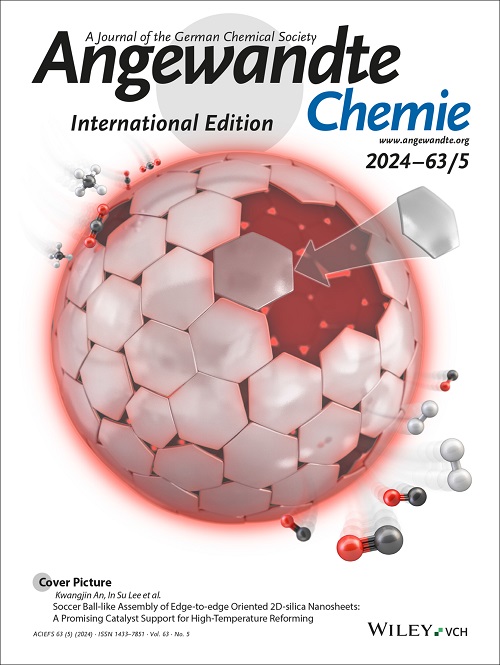Pore engineering in isoreticular titanium‐isophthalate coordination polymers
IF 16.1
1区 化学
Q1 CHEMISTRY, MULTIDISCIPLINARY
引用次数: 0
Abstract
Pore engineering through chemical environment modification is vital for developing industrial porous materials. Understanding the effects of substitutions in isoreticular porous coordination‐polymers—such as steric hindrance, vibrational capabilities, electronic influences, and hydropathy—is key to elucidating structure‐property relationships. However, accurately assessing the impact of functional groups on properties remains challenging due to limitations in current methodologies. In this study, we designed a series of titanium‐isophthalate coordination‐polymers with various functional groups to regulate pore characteristics and structural dimensionality. The unique spatial arrangement and electronic distribution of isophthalate and its functional groups provide an ideal platform to address these challenges. We conducted extensive investigations combining experimental methods with computational simulations to explore how pore engineering affects adsorptive separation and photoresponsive behavior in these compounds. Our findings not only tackle the synthesis challenge of isostructural titanium‐coordination polymers but also offer new insights into understanding structure‐property relationships achieved through modulation of their chemical environments.求助全文
约1分钟内获得全文
求助全文
来源期刊
CiteScore
26.60
自引率
6.60%
发文量
3549
审稿时长
1.5 months
期刊介绍:
Angewandte Chemie, a journal of the German Chemical Society (GDCh), maintains a leading position among scholarly journals in general chemistry with an impressive Impact Factor of 16.6 (2022 Journal Citation Reports, Clarivate, 2023). Published weekly in a reader-friendly format, it features new articles almost every day. Established in 1887, Angewandte Chemie is a prominent chemistry journal, offering a dynamic blend of Review-type articles, Highlights, Communications, and Research Articles on a weekly basis, making it unique in the field.

 求助内容:
求助内容: 应助结果提醒方式:
应助结果提醒方式:


